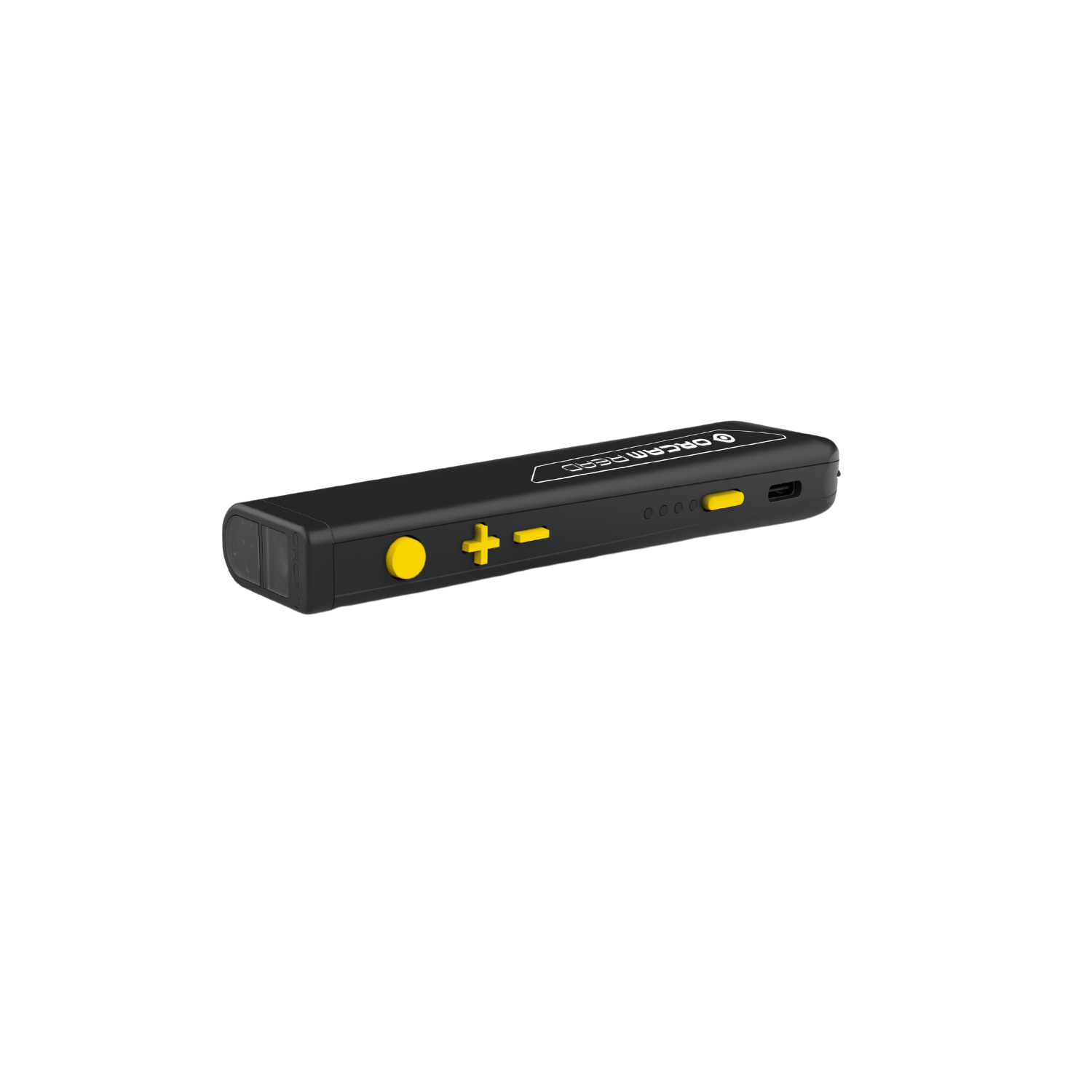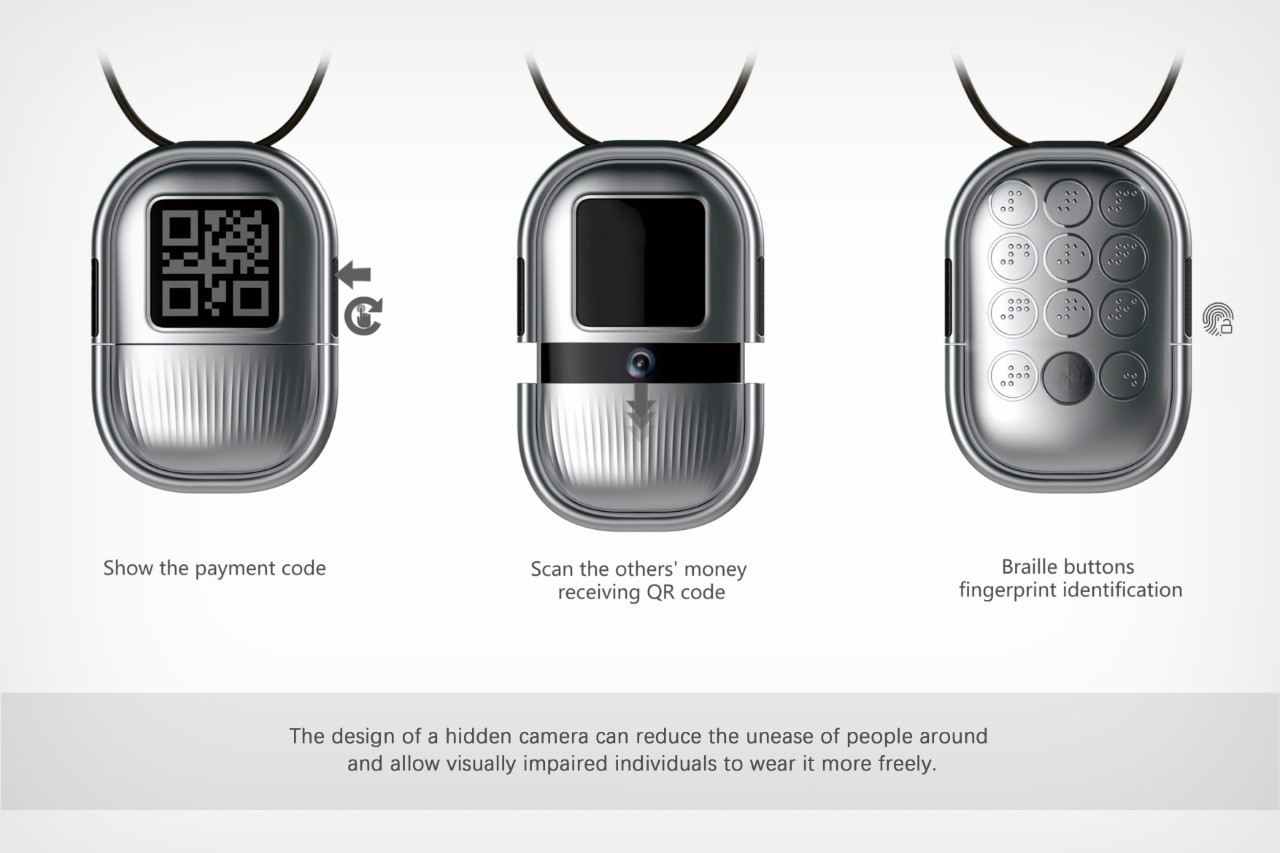Enhancing Lives With Advanced Assistive Tools for the Blind
The integration of advanced assistive devices for the blind is changing just how people experience their surroundings and connect with their areas. Developments such as enhanced reality clever glasses and sophisticated digital traveling help not just facilitate navigating but additionally boost general quality of life. These innovations cultivate a sense of autonomy and self-efficacy among individuals, enabling them to take on day-to-day jobs with newfound self-confidence. Nevertheless, the ramifications of these developments prolong beyond mere performance; they test social perceptions of special needs and self-reliance. What does this development suggest for the future of assistive innovation and its function in equipping individuals?
Overview of Assistive Gadgets
Assistive gadgets for the blind encompass a diverse variety of technologies and devices made to boost independence and enhance the top quality of life for individuals with aesthetic impairments. These tools accommodate various requirements, from navigating and flexibility to interaction and day-to-day task monitoring.
Among the key categories of assistive devices consists of flexibility help, such as white walking sticks and overview pet dogs, which help customers navigate their environments securely. Electronic travel aids, equipped with sensors and audio responses, likewise play a substantial role in movement improvement.
In addition, devices that aid with everyday living tasks, such as adaptive kitchen area tools, Braille tags, and talking watches, empower people to carry out jobs independently. Interaction aids, including screen visitors and Braille displays, promote accessibility to info and enable people to engage properly with the digital world.
Additionally, low-tech solutions like magnifying glasses and large-print materials stay essential for lots of individuals. Jointly, these assistive gadgets offer not only as useful devices but likewise as essential enablers of freedom, cultivating greater engagement in a globe that often prioritizes sighted experiences. Their assimilation right into day-to-day live is crucial for promoting inclusivity and boosting overall health for those with aesthetic problems.
Cutting-edge Technologies in Use
Technology in technology has considerably changed the landscape of devices readily available for people with aesthetic disabilities. Amongst one of the most noteworthy developments are smart glasses incorporated with augmented truth, which supply real-time navigation support and item acknowledgment. These gadgets leverage advanced video cameras and fabricated intelligence to deliver acoustic signs, boosting the individual's spatial understanding and autonomy.
Furthermore, mobile applications have emerged as powerful sources, enabling customers to recognize currency, reviewed message out loud, and browse unknown atmospheres through verbal instructions. Tools such as Braille displays and refreshable Braille gadgets proceed to advance, offering smooth connection with computer systems and smartphones, therefore enhancing interaction and accessibility to details.
Wearable modern technology, consisting of smartwatches furnished with voice-activated attributes, even more equips individuals by helping with fast accessibility to notifications and notifies without calling for visual involvement. Tactile maps and 3D printing are also obtaining traction, offering tangible depictions of rooms that help in alignment and wheelchair training.
Jointly, these ingenious innovations not only enhance the every day lives of aesthetically damaged people however likewise foster higher self-reliance, inclusivity, and interaction with the wider area, thereby reshaping assumptions of accessibility. (Speech-to-text devices for low vision)
Personal Stories of Empowerment
Empowerment frequently arises from individual experiences that highlight the transformative impact of modern technology on people with visual disabilities. Take, as an example, the story redirected here of Sarah, a young artist that reclaimed her passion for paint via making use of a smart walking stick furnished with challenge discovery. This device not only facilitated her wheelchair but instilled a newfound self-confidence, allowing her to browse public rooms separately and seek her imaginative undertakings.

These narratives underscore the profound effects that advanced assistive tools can carry everyday life. By making it possible for individuals to get rid of obstacles, innovation promotes a sense of freedom and self-worth. Such empowerment stories work as a testament to the capacity of advancement, illustrating how the right tools can significantly boost quality of life and open doors to new possibilities for those with aesthetic problems.
Benefits of Advanced Solutions
The integration of sophisticated modern technology into assistive devices substantially transforms day-to-day experiences for those influenced by vision loss. Braille displays and notetakers. Tools such as wise walking canes furnished with sensing units, navigating apps, and wearable technology are made to give real-time feedback, boosting spatial understanding and decreasing the risks associated with mobility.
In addition, progressed assistive technologies foster social inclusion by helping with interaction and communication. Voice-activated devices and apps permit individuals to access information and engage with their surroundings independently, breaking obstacles that previously impeded their involvement in educational, specialist, and social setups.
In enhancement, the personalization and versatility of these solutions cater to the varied requirements of customers, consequently improving their overall lifestyle. Enhanced capability, such as things acknowledgment and text-to-speech capabilities, encourages individuals with visual disabilities to carry out tasks that they may have when located testing. Inevitably, progressed assistive modern technologies not just improve self-reliance and safety and security however also promote self-respect and self-regard, enabling users to lead fulfilling lives.
Future Patterns in Assistive Technology
As modern technology continues to advance, the landscape of assistive tools for the blind is poised for remarkable developments that will further boost availability and freedom. Arising trends in assistive innovation show a change towards enhanced combination of synthetic intelligence (AI) why not try these out and device knowing, making it possible for devices to adapt to private customer needs in real-time. These technologies are expected to assist in even more instinctive navigating systems that can recognize challenges and give audio feedback, significantly improving exterior wheelchair.
Additionally, check my source the development of wearable technology, such as wise glasses equipped with augmented fact, will certainly permit customers to obtain contextual details regarding their environments, therefore improving their spatial recognition. Developments in haptic modern technology guarantee to create tactile responses gadgets, permitting customers to view details via touch, boosting understanding and communication with their atmosphere.
Telecommunication developments are additionally leading the way for remote support solutions, where trained experts can supply support through video clip telephone calls, making sure assistance is conveniently available. As these trends unfold, the future of assistive gadgets for the blind will undoubtedly cultivate better freedom, empowering individuals to browse their globe with confidence and convenience.

Final Thought
The assimilation of innovative assistive tools for the blind represents a considerable advancement in promoting self-reliance and boosting lifestyle. By utilizing ingenious innovations, these devices empower customers to navigate their environments with better confidence and freedom. As the field proceeds to advance, continuous research and advancement will likely generate a lot more advanced services, additionally changing the lived experiences of people with visual impairments and promoting a greater feeling of incorporation within society.
The integration of advanced assistive tools for the blind is transforming exactly how people experience their environments and connect with their neighborhoods. The integration of advanced technology right into assistive devices significantly changes everyday experiences for those impacted by vision loss.As innovation proceeds to advance, the landscape of assistive tools for the blind is positioned for exceptional innovations that will certainly further boost access and self-reliance. Arising fads in assistive modern technology suggest a change toward raised assimilation of fabricated knowledge (AI) and device learning, allowing tools to adapt to specific user requires in real-time.The integration of innovative assistive tools for the blind represents a significant development in fostering independence and improving high quality of life.